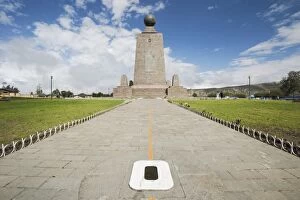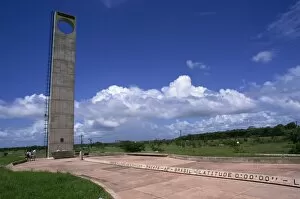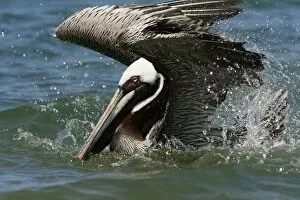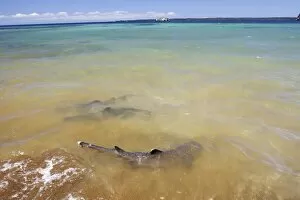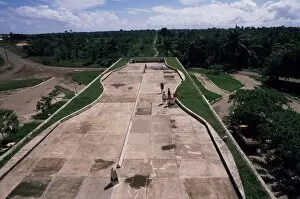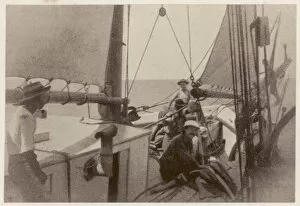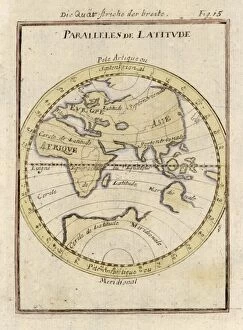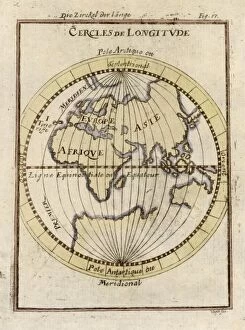Equator Collection (#13)
"Journey Across the Equator: Exploring Nature, Art, and Culture" Embark on a captivating adventure as we traverse the equator
All Professionally Made to Order for Quick Shipping
"Journey Across the Equator: Exploring Nature, Art, and Culture" Embark on a captivating adventure as we traverse the equator, where nature's wonders and human creativity intertwine. At Gardens by the Bay in Singapore, witness an enchanting spectacle at the Supertree Grove light show. These towering structures illuminate the night sky, showcasing mankind's harmonious blend with nature. Immerse yourself in Henri Rousseau's masterpiece "The Equatorial Jungle. " Painted in 1909, this canvas transports us to lush greenery teeming with exotic wildlife, capturing the essence of life along the equator. As dawn breaks over Kibo Peak's Crater Rim on Mount Kilimanjaro, marvel at a breathtaking sunrise that paints the sky with vibrant hues. This majestic African landmark stands tall amidst diverse landscapes found near Earth's middle belt. Delve into Africa's rich history through maps revealing its most recent discoveries and Vasco da Gama's route around Africa during the 1400s. These cartographic treasures offer glimpses into explorations that shaped our understanding of this vast continent. Venture further south to Peru and explore a map from 1683 by Mallet. It unveils intricate details of Peru’s geography while highlighting how civilizations thrived near or crossed paths with this imaginary line dividing our planet. Experience East Africa’s raw beauty at Kidepo National Park in Uganda. The savanna stretches endlessly under golden sunlight—a testament to Mother Nature’s magnificence within equatorial regions. Celebrate cultural diversity as Ugandan dance groups captivate audiences at FESPAD pan-African dance festival held in Gisenyi, Rwanda. Here lies proof that art knows no boundaries when it comes to sharing traditions across nations connected by this invisible line encircling our globe. Lastly, journey back in time through a color lithograph map depicting treaty boundaries across Africa from 1891.































